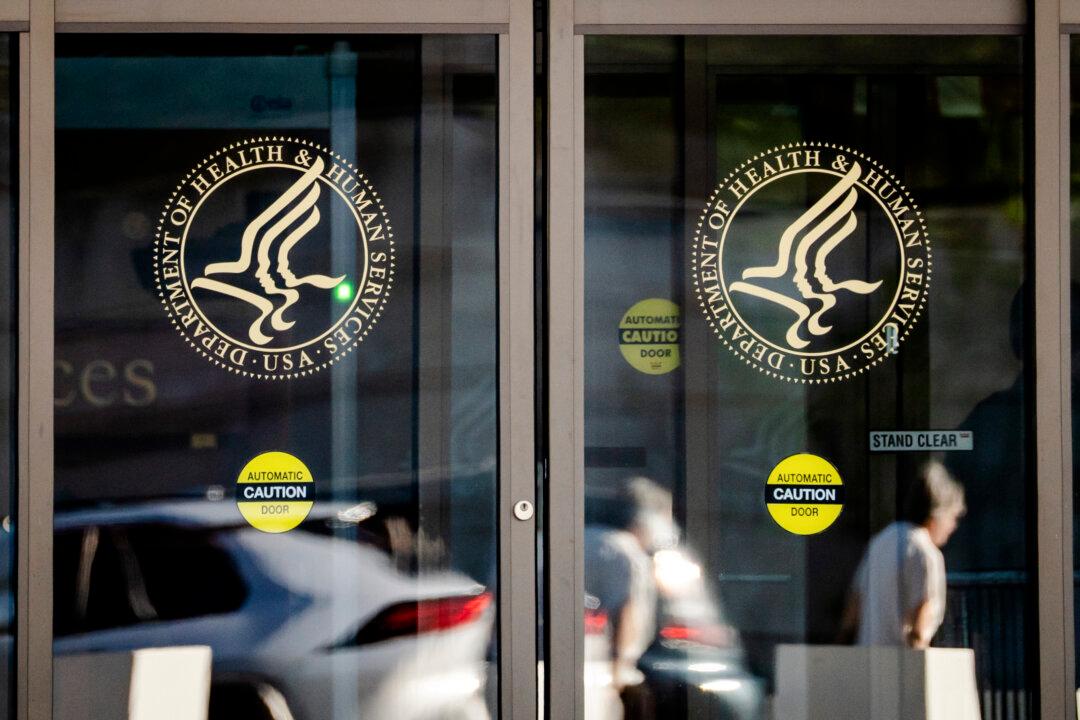Some 96 percent of Los Angeles County residents could get infected with the CCP (Chinese Communist Party) virus, commonly known as the novel coronavirus, if social distancing measures are lifted, county officials said.
Officials on Friday announced an extension for a lockdown order through May 15, citing the number of residents infected and the spread of the virus, which causes the COVID-19 disease. The order was previously scheduled to end on April 19.





